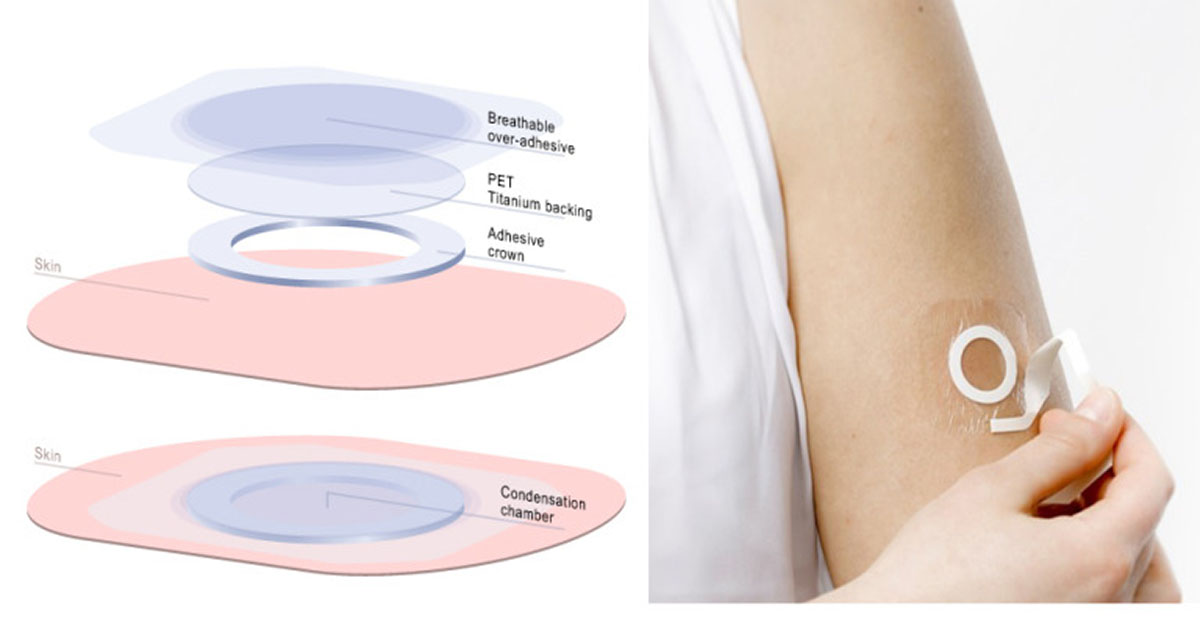This Friday, DBV Technologies issued a press release summarizing the top line results of the Phase III trial of their Viaskin Peanut patch therapy. Though the therapy showed a statistically significant level of improvement over placebo, it fell shy of the efficacy intended to support FDA approval.
The dose studied – 250 micrograms daily – resulted in 35.3% of children age four to 11 achieving the predefined tolerance to peanuts in the year-long study, while 13.6% of children in the placebo group did so. That spread of efficacy between drug and placebo groups fell short of the goals of the study.
Despite the results, the company intends to proceed with the Biologics License Application process for Viaskin Peanut necessary for FDA approval.
“We believe that this preliminary analysis shows significant therapeutic promise in the peanut allergic population, where there is a high unmet medical need and no approved treatments,” said Dr Pierre-Henri Benhamou, Chairman & Chief Executive Officer of DBV Technologies. “Viaskin Peanut has been granted both Breakthrough Therapy and Fast Track designations by the FDA for the treatment of peanut allergy. We are committed to working together with the regulatory agencies to bring forward a safe and effective treatment option for these patients.”
By how far did the Viaskin Peanut therapy miss the mark in the trial? A research note issued by Jeffries referred to in Fierce Pharma stated: “… the phase 3 miss which came down to just two patients not hitting the mark in the 356-patent trial came in the face of a fairly stringent efficacy threshold in the trial.”
The note also points out that two other drugs similarly missed their Phase III targets: Mercks Odactra for house dust mite allergies and pollen allergy treatment Oralair from Stallergenes ultimately received approval.
Jefferies still gives Viaskin Peanut a 50:50 chance of achieving FDA approval.





